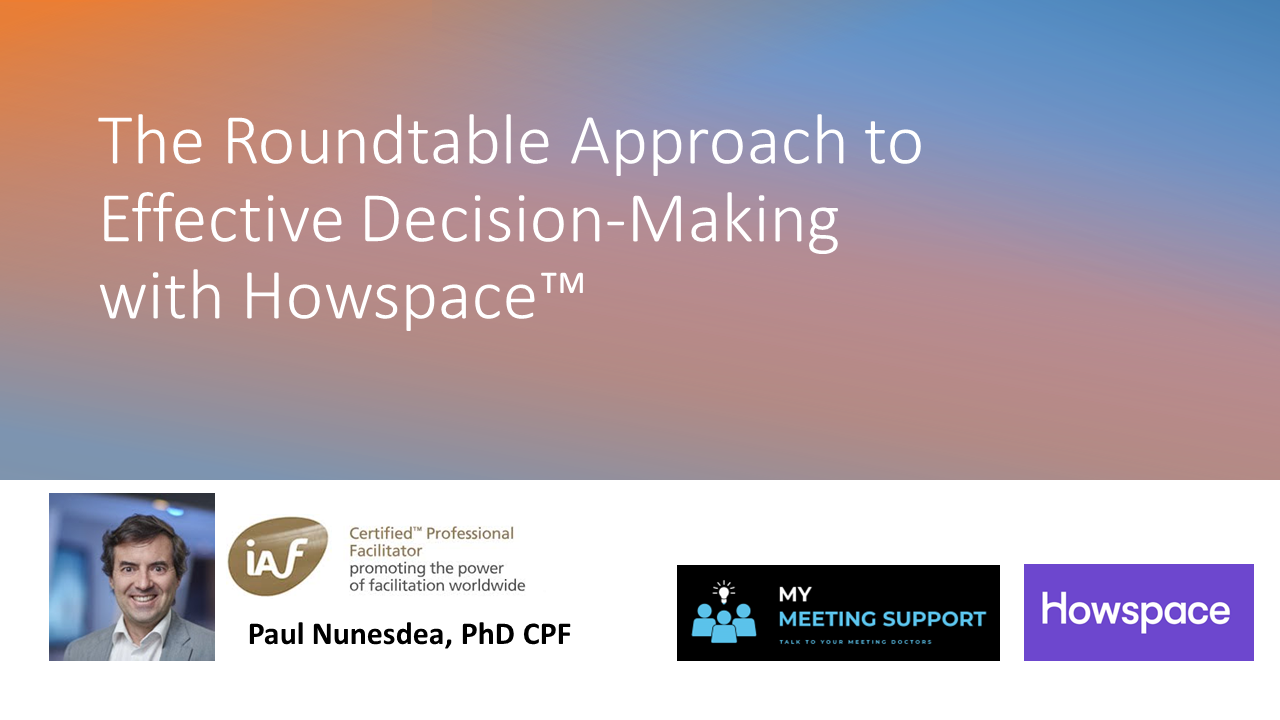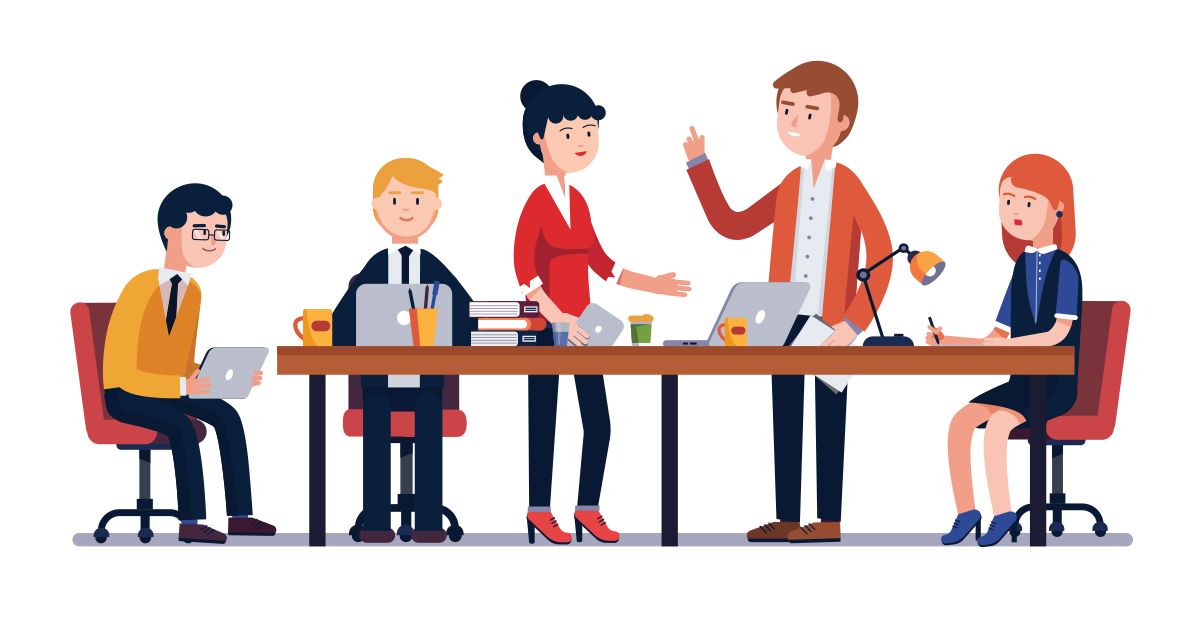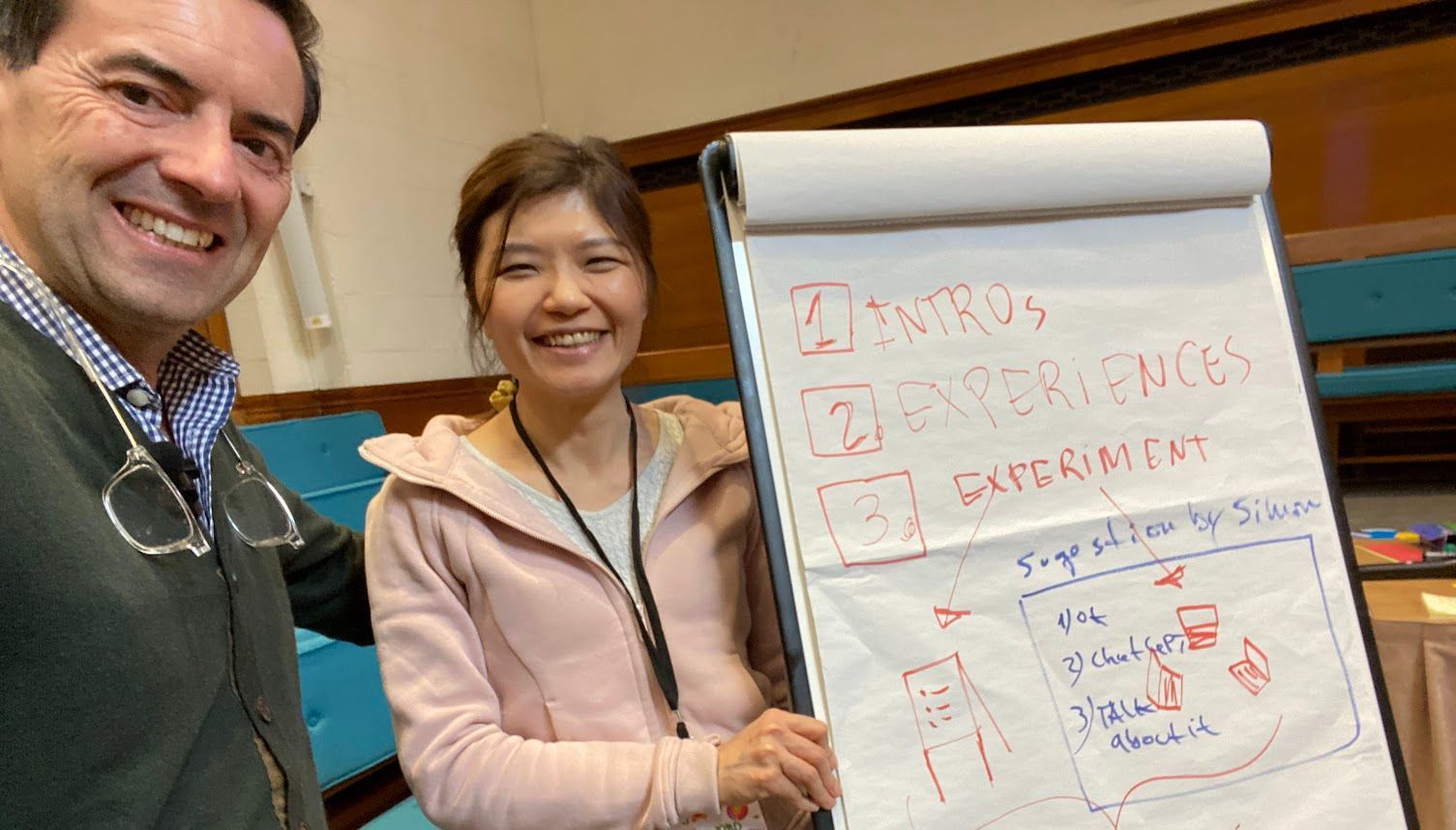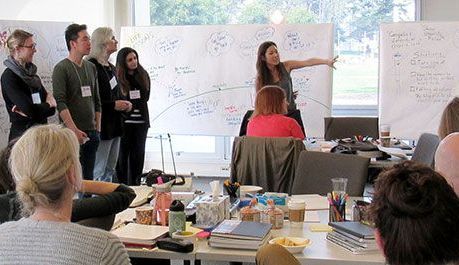Mastering Decision-Making: Navigating the Pitfalls of Priming
Priming: Unmasking the Hidden Influencer in Decision-Making

Imagine that behind every decision you make, there's an unseen force shaping your choices without your awareness. This powerful cognitive phenomenon is known as priming, the unconscious activation of concepts or associations in our minds. It influences our decisions, often without us realizing it. In this short article, we'll shed light on the concept of priming and its impact on decision-making. By understanding this hidden force, we can take the first step towards building a robust decision-making framework.
Unconscious decisions may be swift, but they come with potential pitfalls. They can be biased and prone to errors. Acknowledging these pitfalls helps us recognize the need for more mindful choices. We must develop a deliberate and thoughtful approach to decision-making to avoid the negative consequences of unconscious choices.
From semantic priming to behavioral priming, we'll explore the various ways priming infiltrates our decision-making process. It shapes our judgments and actions in unexpected ways, impacting our choices without us even realizing it.
Fortunately, there are strategies we can adopt to take control and minimize the influence of priming on our decisions. We'll delve into ten effective strategies that empower us to maintain clarity and objectivity in our choices. These tactics, ranging from fostering diverse and inclusive decision-making environments to challenging our biases, will help us navigate the priming minefield.
Now You See Me
A movie that effectively illustrates the priming effect on decision making in the context of criminals and cons is "Now You See Me" (2013). While the film primarily revolves around a group of illusionists who pull off heists during their performances, it delves into the psychological aspect of manipulation and decision making.
In the movie, the characters use subtle priming techniques to influence the choices and actions of their targets. These techniques involve planting ideas or suggestions in the minds of the people they want to manipulate. The concept of priming, which is a cognitive psychology phenomenon, is central to the plot. It demonstrates how external cues can shape decisions and behavior without the individuals consciously realizing it.
Throughout the film, the characters use misdirection, suggestion, and cleverly placed clues to manipulate both their victims and the authorities pursuing them. It's a thrilling and visually captivating movie that showcases how psychological manipulation, including priming, can have a significant impact on decision making in high-stakes situations.
Other movies you may also be familiar with that also illustrate priming effects in decision-making are Ocean's Eleven, Matchstick Men and Focus.
The priming effect is a psychological phenomenon where exposure to one stimulus influences a person's response to a subsequent stimulus, often leading to altered perceptions or behaviors.
How to avoid priming?
In today's fast-paced world, decisions are often hurried, making us susceptible to priming effects. We'll learn the importance of slowing down and engaging in deliberate thinking to reduce the risk of making biased choices.
Seeking information from multiple sources with different perspectives becomes a crucial defense against priming. Embracing diverse viewpoints provides a well-rounded understanding of the situation, guarding us against unconscious biases.
To combat priming, understanding our inherent biases is crucial. Regularly reflecting on our assumptions helps us recognize when priming may be influencing our decisions, enabling us to make more objective choices.
Establishing structured decision-making processes, involving critical analysis and logical reasoning, serves as a shield against impulsive choices affected by priming.
Moreover, being mindful of the content we consume and the environments we expose ourselves to can reduce the potential for priming. Limiting exposure to biasing stimuli is essential for maintaining objectivity.
Lastly, seeking feedback from colleagues with diverse perspectives can provide invaluable insights and help uncover hidden biases we may not be aware of. The power of collaboration enables us to make more informed decisions.
By embracing these strategies, we can navigate the world of priming, making more objective, informed, and mindful decisions in both our personal and professional lives.
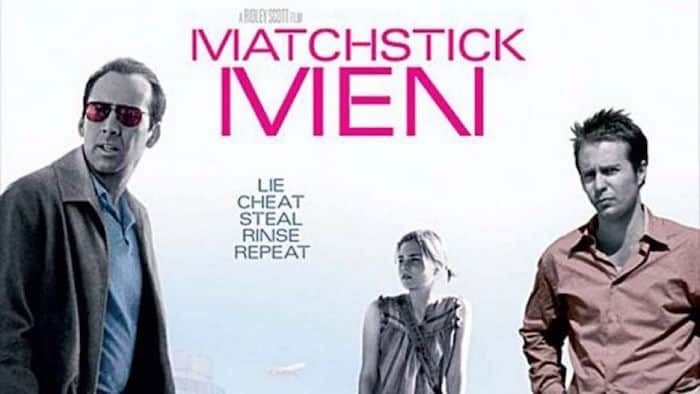
10 Strategies to improve decision-making
Here are ten strategies to avoid priming in decision-making:
1. Awareness of Priming Effects: The first and most crucial strategy is to be aware of the existence and impact of priming on decision-making. Recognize that our minds can be influenced by subtle cues and associations, and remain vigilant for potential priming triggers.
2. Deliberate Thinking: Take the time to deliberate and think through decisions thoroughly. Avoid making impulsive choices and allow yourself the space to engage in conscious, deliberate thinking, which reduces the likelihood of being swayed by unconscious priming.
3. Diverse Information Sources: Seek information from a variety of sources that offer different perspectives. Exposure to diverse viewpoints can counteract the influence of priming and provide a more balanced understanding of the situation.
4. Questioning Biases: Regularly reflect on your own biases and preconceived notions. Question why you might be making a particular choice and whether it might be influenced by priming. Awareness of biases helps you identify and correct for any potential biasing effects.
5. Structured Decision-Making: Establish clear decision-making frameworks that involve critical analysis, data evaluation, and logical reasoning. Having a structured process reduces the impact of impulsive, emotionally-driven decisions influenced by priming.
6. Mindful Exposure: Be mindful of the content you consume and the environments you expose yourself to. Limit exposure to potentially biasing stimuli or information, especially when making important decisions.
7. Take Breaks: When faced with complex decisions, take breaks from thinking about the problem. Stepping away from the decision-making process for a while allows your mind to reset and helps prevent subconscious priming effects from gaining too much influence.
8. Feedback and Collaboration: Seek feedback from others, especially those who have different perspectives or backgrounds. They can provide insights and highlight potential biases that you might not have considered.
9. Cultural Sensitivity: Be aware of cultural influences on priming. Different cultures may respond differently to certain priming stimuli based on their unique norms and values. Consider cultural diversity when making decisions.
10. Encourage Inclusive Decision-Making: In group decision-making settings, foster an environment that encourages open discussions and values diverse opinions. This helps minimize the impact of groupthink and create a space that is less susceptible to priming effects.
By incorporating these strategies into your decision-making process, you can enhance your ability to make more objective and unbiased choices, reducing the influence of priming and improving the overall quality of your decisions.
Additional reading
If you're interested in exploring more on the topic of decision-making, cognitive biases, and related psychological concepts, here are some excellent additional readings that complement the theme of priming:
- "Thinking, Fast and Slow" by Daniel Kahneman: Nobel laureate Daniel Kahneman delves into the two systems that drive the way we think – the fast, intuitive system, and the slow, deliberate system. He explores the impact of cognitive biases on decision-making, shedding light on the mechanisms that shape our choices.
- "Predictably Irrational: The Hidden Forces That Shape Our Decisions" by Dan Ariely: In this captivating book, behavioral economist Dan Ariely uncovers the irrationality that often underlies our decision-making. He explores the hidden influences that lead us to make less rational choices, offering valuable insights into human behavior.
- "Nudge: Improving Decisions About Health, Wealth, and Happiness" by Richard H. Thaler and Cass R. Sunstein: The authors discuss how subtle changes in the way choices are presented – known as "nudges" – can significantly impact decision-making. The book offers practical examples of how to design better decision environments to help people make wiser choices.
- "The Power of Habit: Why We Do What We Do in Life and Business" by Charles Duhigg: This book explores the science of habits and how they shape our lives. Understanding how habits are formed and how they influence our behavior can provide valuable insights into decision-making processes.
- "Influence: The Psychology of Persuasion" by Robert B. Cialdini: Robert Cialdini examines the principles of persuasion and how they are used to influence our decisions and behavior. Understanding these principles can help us become more aware of manipulation and make more informed choices.
- "Emotional Intelligence: Why It Can Matter More Than IQ" by Daniel Goleman: Emotional intelligence plays a significant role in decision-making. This book explores how our emotional awareness and management impact the quality of our choices and relationships.
- "The Paradox of Choice: Why More Is Less" by Barry Schwartz: Barry Schwartz discusses the paradox of choice – the idea that having too many options can lead to decision paralysis and dissatisfaction. This book offers insights into simplifying decision-making and finding greater satisfaction in our choices.
These additional readings offer valuable perspectives on decision-making, human behavior, and the psychological factors that influence our choices. They provide a deeper understanding of how our minds work and offer practical insights to help us make more informed and rational decisions in various aspects of life.
About us
My Meeting Support, through its parent company col.lab | collaboration laboratory Ltd, aims to revolutionize the way events and training programs are managed. By bringing together a community of experienced facilitators and leveraging the power of Howspace™, it provides services that are not just about executing an event or a training session, but about crafting unique experiences that promote collaboration, learning, and engagement. It's about fostering connections and creating environments where ideas can thrive and lead to actionable outcomes. This approach ensures that every event is not just a fleeting moment but a lasting impact.
"Talk To Your Meeting Doctors" is a dynamic and engaging series that aims to address common challenges faced in meetings and offer expert advice and strategies to enhance meeting effectiveness. As co-hosts, Paul Nunesdea and Martin Duffy bring their wealth of experience and expertise to the forefront, sharing practical insights and facilitating discussions on topics such as meeting design, participant engagement, decision-making processes, and fostering a culture of collaboration.
This LinkedIn Live event series serves as a valuable platform for professionals from diverse industries and backgrounds to gain actionable knowledge, exchange ideas, and discover innovative approaches to optimize their meeting experiences. By leveraging the expertise of Paul Nunesdea and Martin Duffy, participants can tap into a wealth of practical guidance and best practices that will enable them to transform their meetings into productive, meaningful, and impactful sessions.
Check out the next upcoming episodes: here and our training courses here.
Follow Us
"Be brave enough to start conversations that matter and shift the direction of change for the better."
col.lab | collaboration laboratory is a spin-off from the book series " Architecting Collaboration " and our privacy policy can be consulted here
My Meeting Support is an event services brand by col.lab | collaboration laboratory






